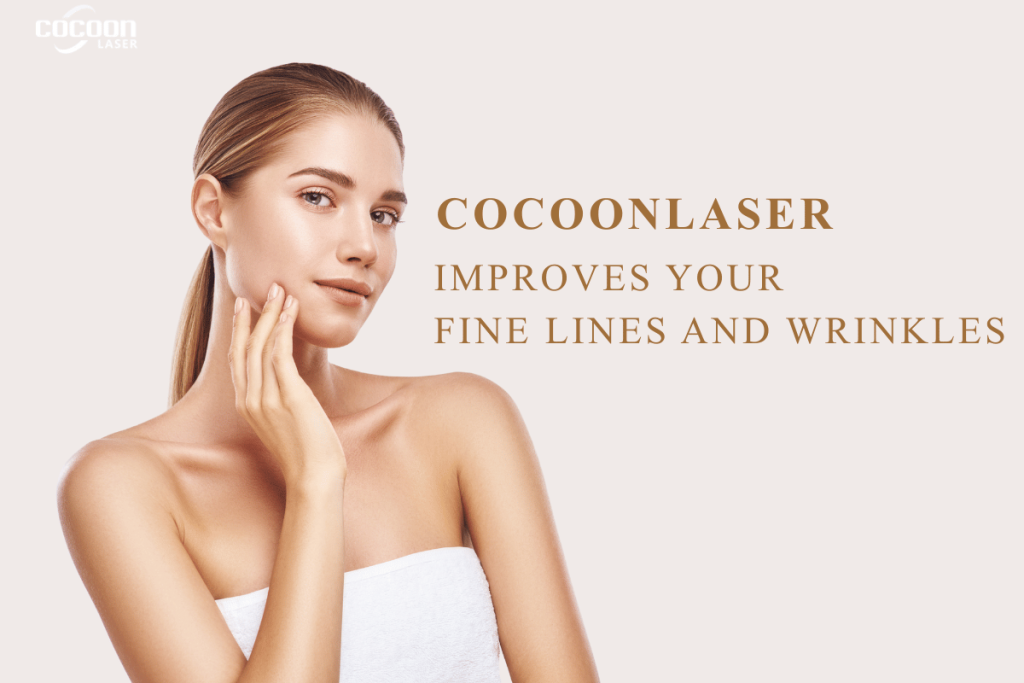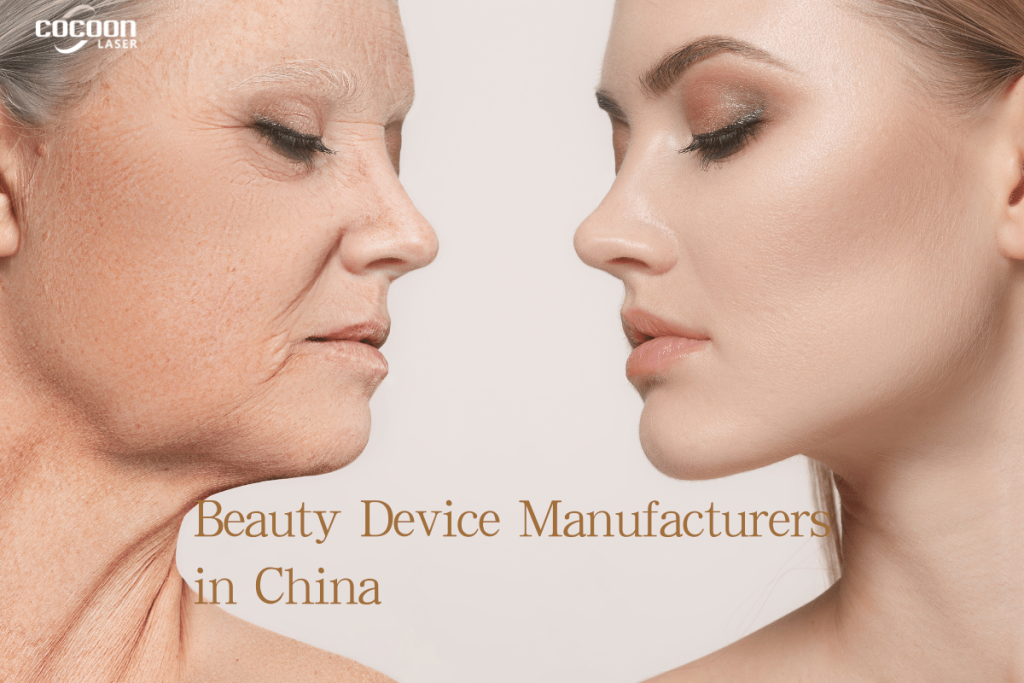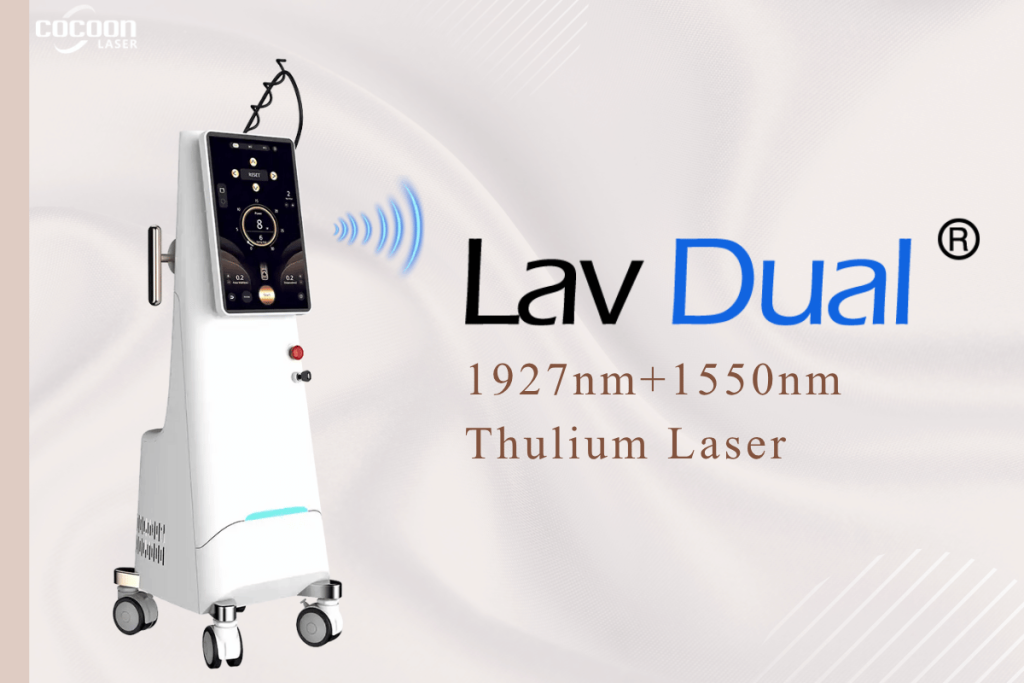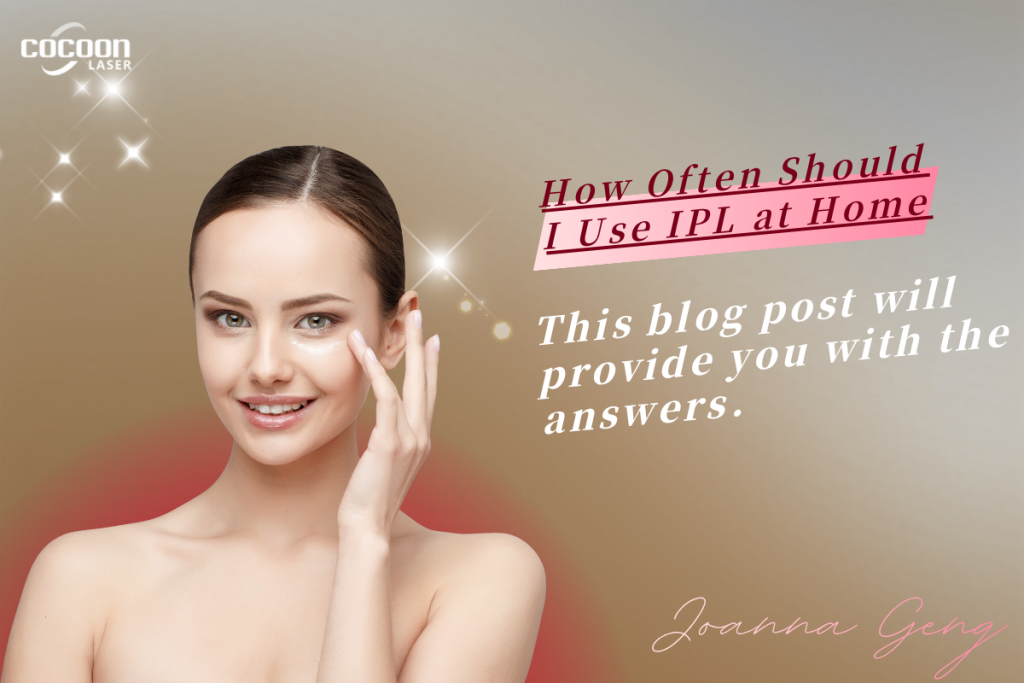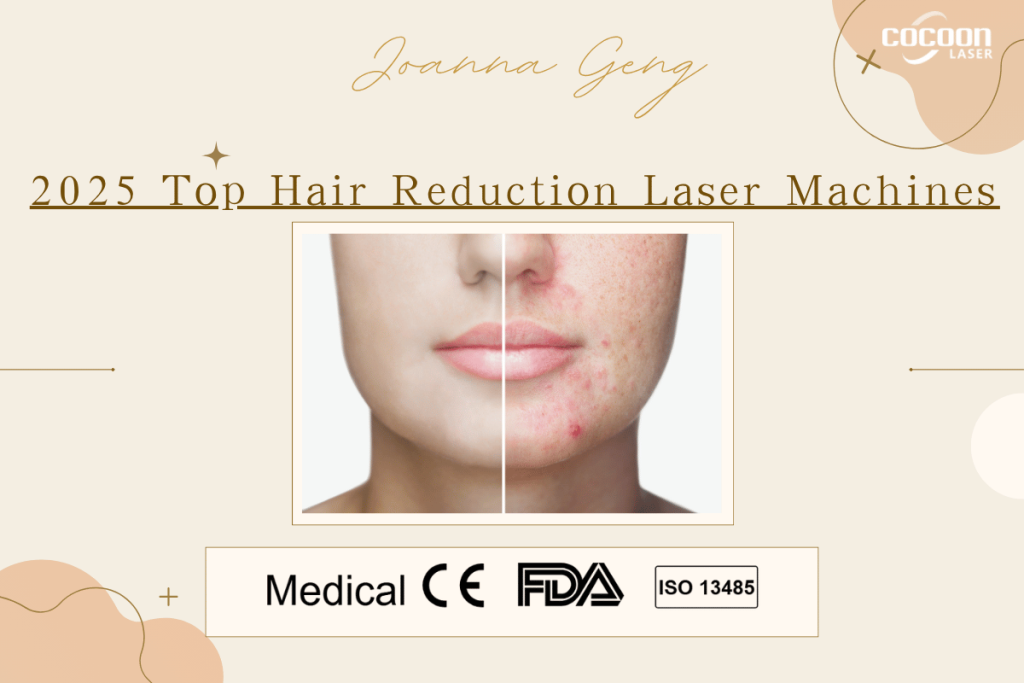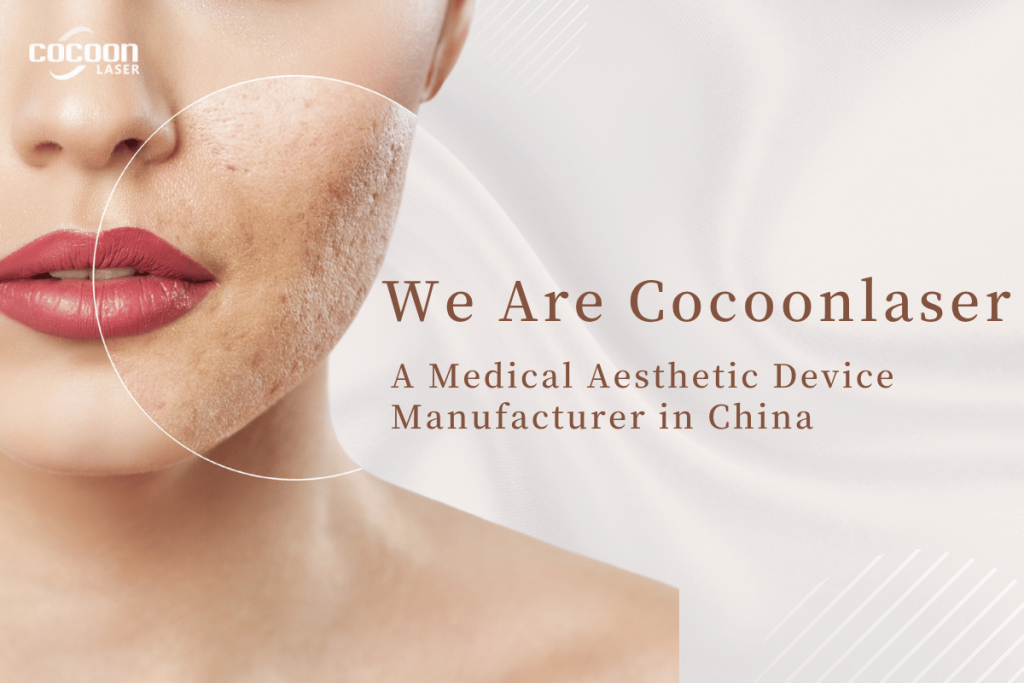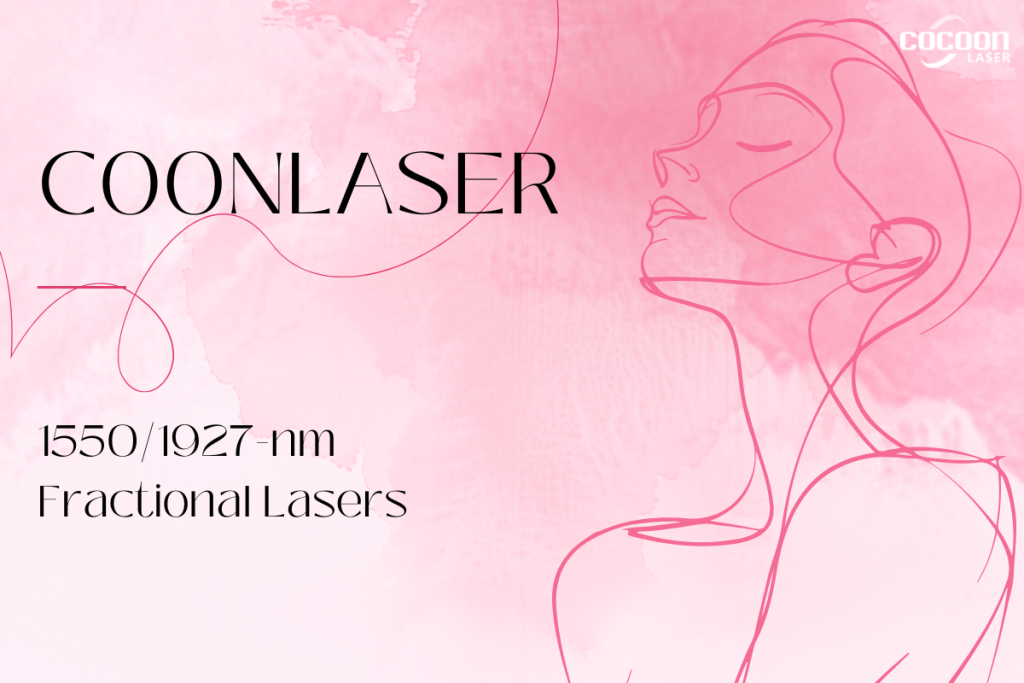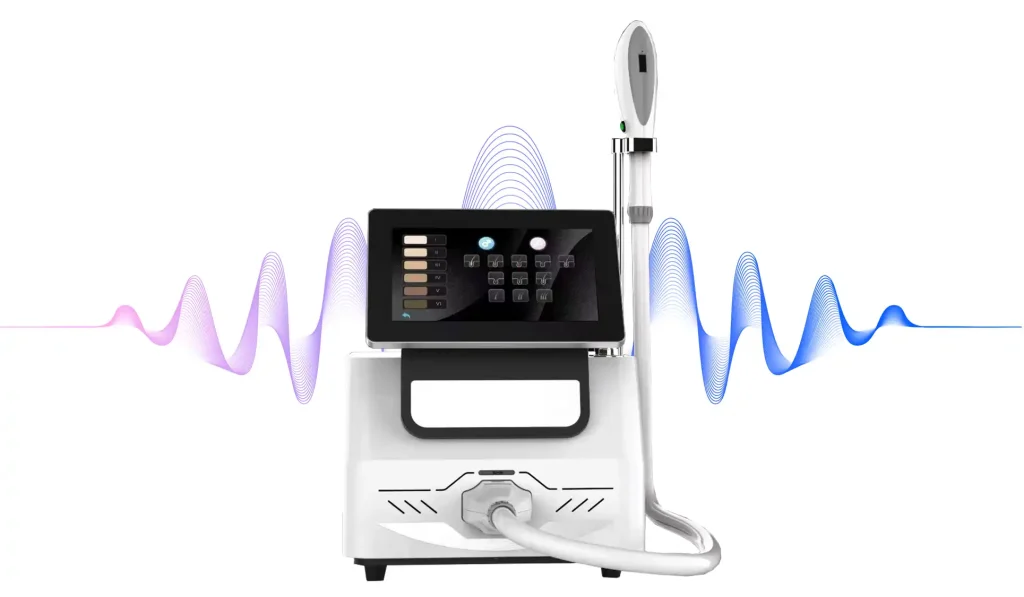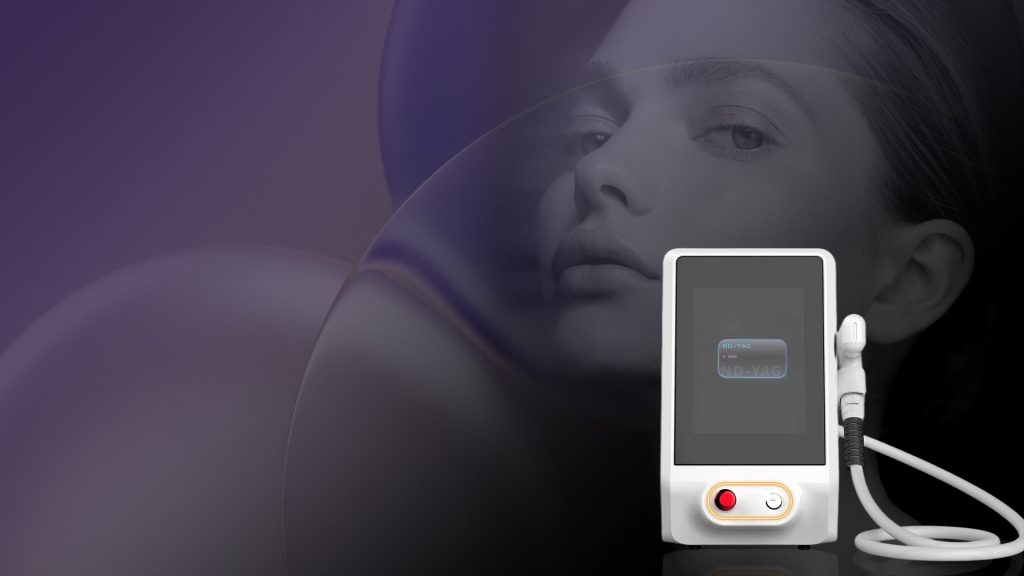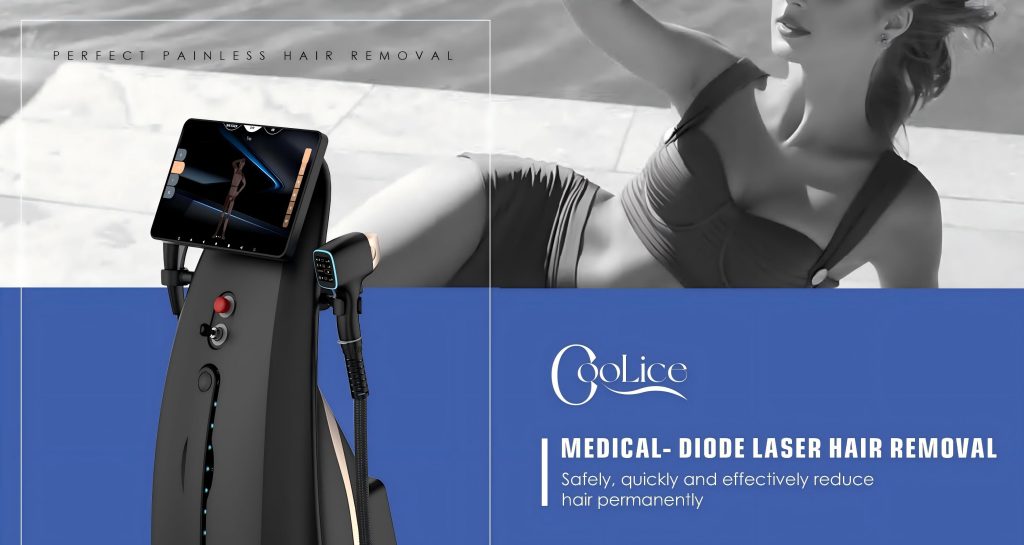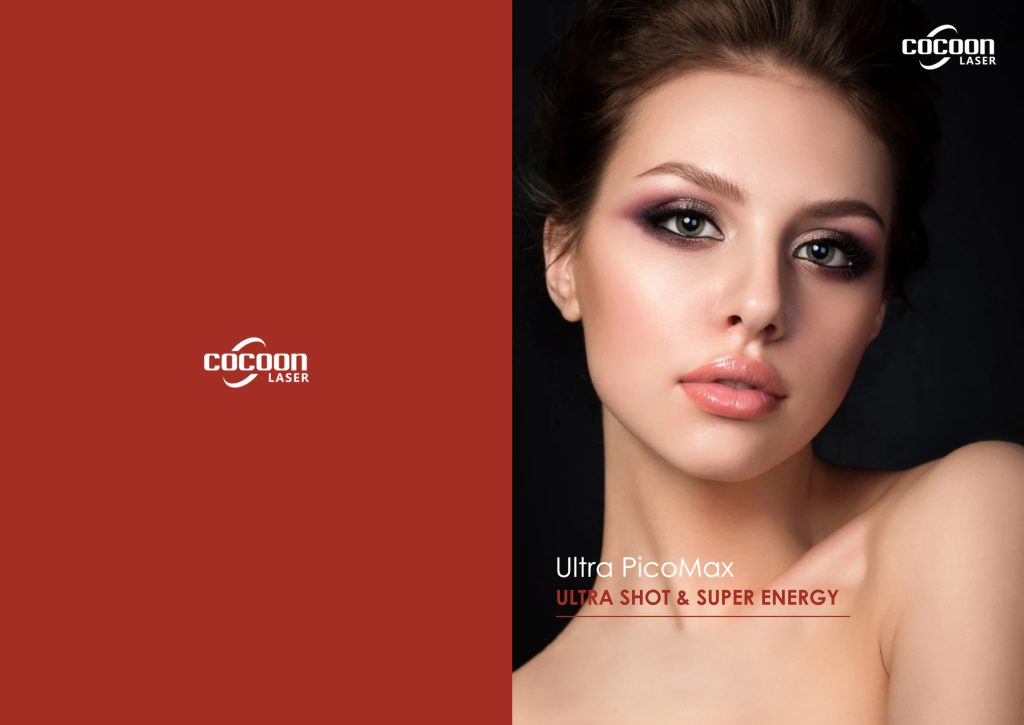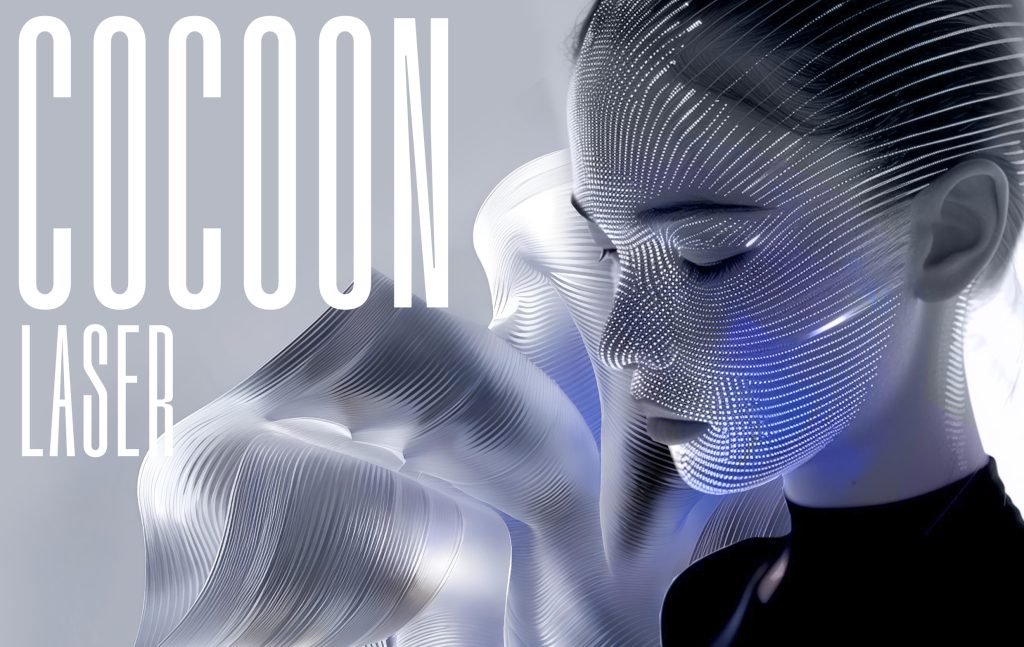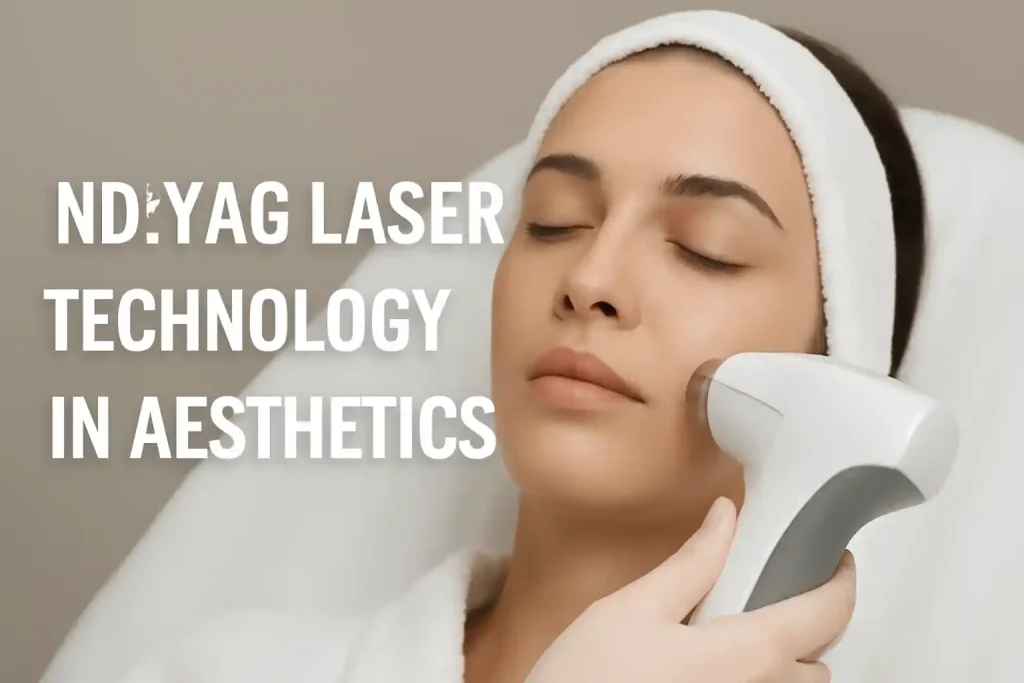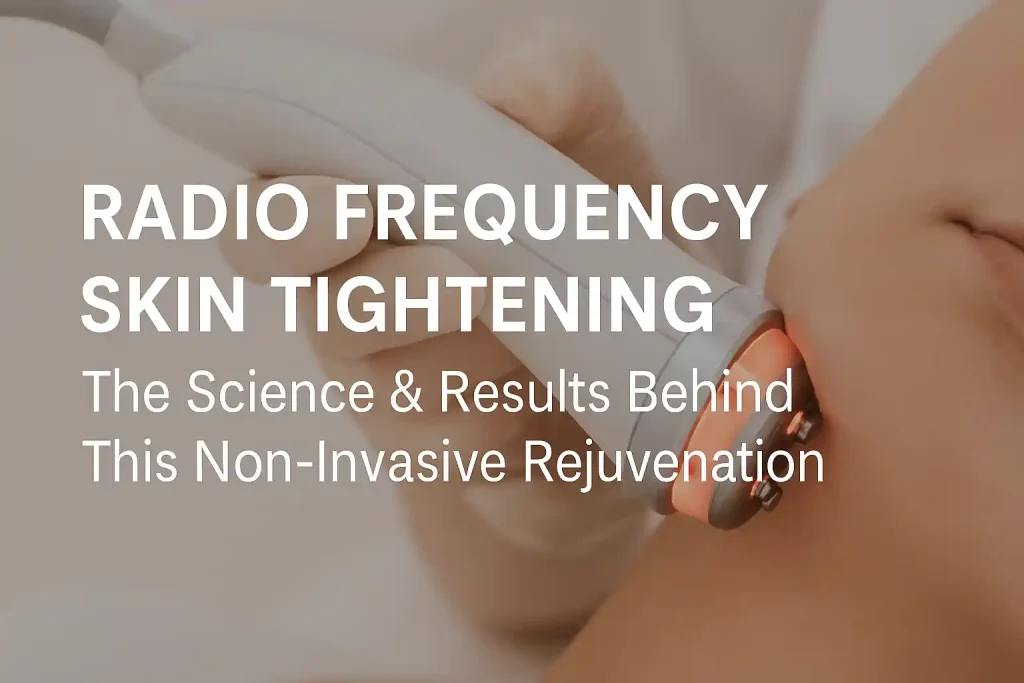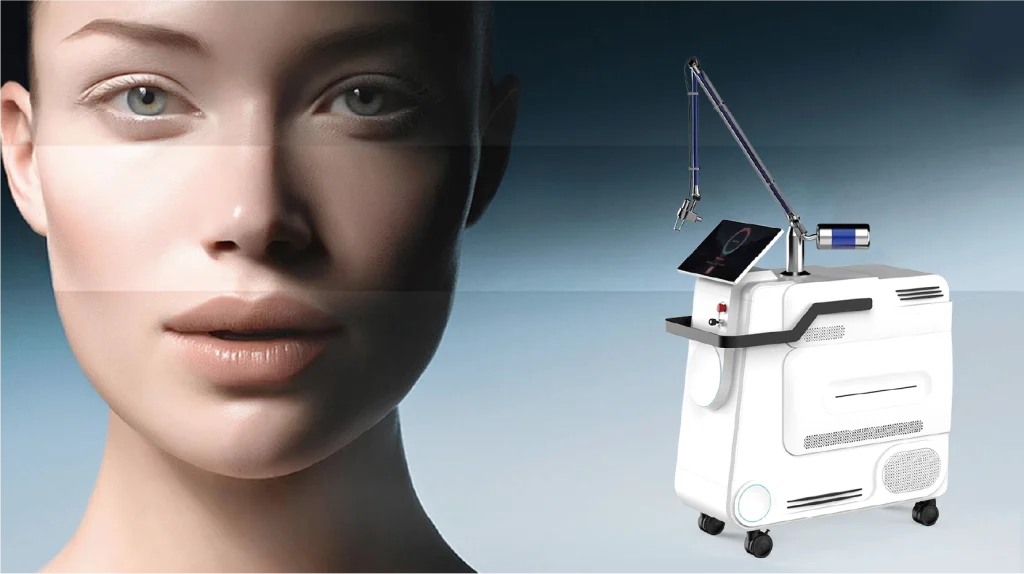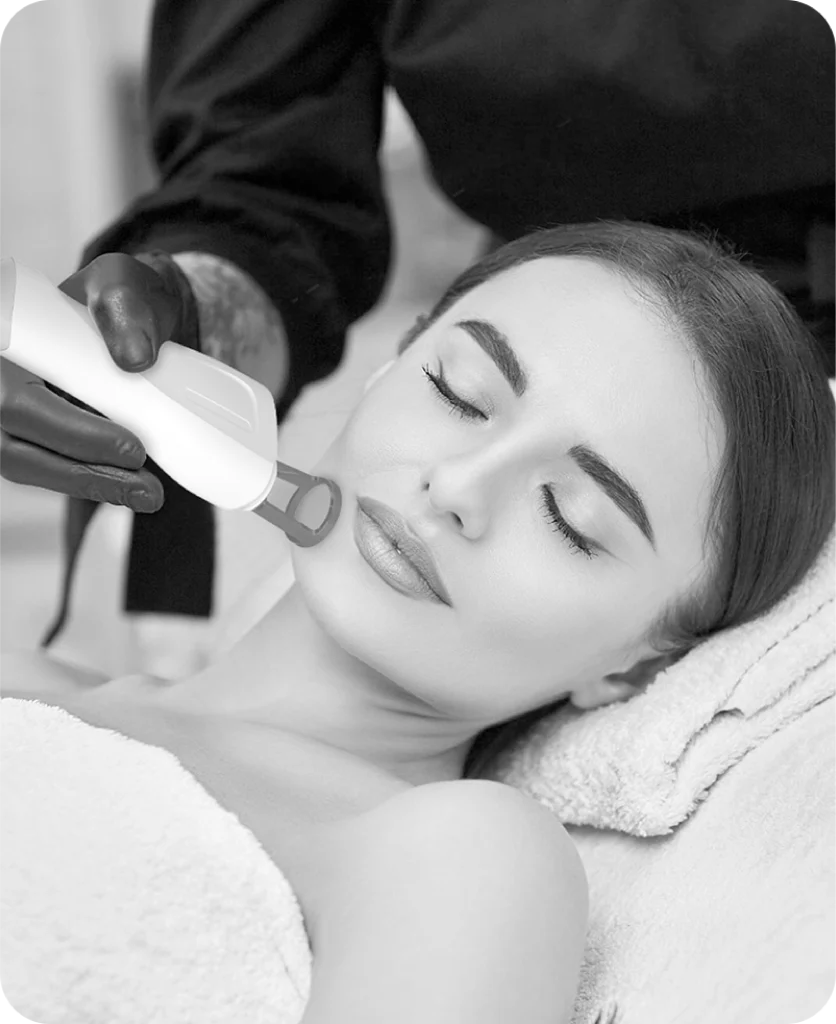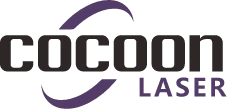Pico vs. Picosecond Laser
Pico vs. Picosecond Laser: Understanding the Difference Between Pico and Ultra-Pico Lasers
In the world of advanced aesthetic treatments, pico lasers have revolutionized skin rejuvenation, tattoo removal, and pigmentation correction. However, as technology continues to evolve, terms like ultra-pico, super-picosecond, or ultra-short pulse lasers are increasingly used in marketing and clinical discussions.
Are these just marketing gimmicks, or do ultra-pico lasers (sometimes called femtosecond lasers or sub-picosecond lasers) actually offer superior performance? In this in-depth article, we explore the science behind pico vs. ultra-pico lasers, and what it means for clinics, distributors, and consumers.
What Is a Pico Laser?
A pico laser refers to a class of non-ablative lasers that deliver energy in picoseconds, or one trillionth of a second (1 ps = 10⁻¹² seconds). This ultra-short pulse duration allows the laser to break pigment particles or skin tissues with a photoacoustic effect rather than traditional photothermal (heat-based) mechanisms.
🔹 Common Pico Laser Wavelengths:
- 532nm: Targets red/orange pigments, vascular lesions
- 755nm (Alexandrite): Excellent for epidermal pigmentation, fine tattoos
- 1064nm (Nd:YAG): Deeper penetration for dermal pigmentation, black ink tattoos
🔹 Clinical Benefits:
- Effective tattoo removal (fewer sessions, better clearance)
- Reduction in melasma, age spots, sun damage
- Acne scar treatment & collagen remodeling
- Minimal downtime and reduced risk of PIH (Post-Inflammatory Hyperpigmentation)
Popular models include the PicoSure®, PicoWay®, Discovery Pico®, and new-generation OEM pico lasers from Asia.
What Is an Ultra-Pico or Super Picosecond Laser?
An ultra-pico laser is a marketing term often used to describe lasers with pulse durations shorter than traditional pico lasers—typically in the range of 300ps to <100ps, and in some high-end devices, approaching the femtosecond range (fs = 10⁻¹⁵ seconds).
While the terminology is not yet standardized, ultra-pico generally refers to:
- Pulse width: <300 picoseconds, sometimes <100ps
- Enhanced shockwave energy: Higher photoacoustic disruption, less thermal side effects
- More precise targeting: Reduced collateral damage to surrounding tissue
Think of ultra-pico as a refinement of pico—not a fundamentally different laser, but a significantly upgraded version.
Pico vs. Ultra-Pico Laser: Side-by-Side Comparison
| Feature | Standard Pico Laser | Ultra-Pico (Super-Picosecond) |
|---|---|---|
| Pulse Duration | 300–750 ps | 100–300 ps (some <100 ps) |
| Technology Base | Nd:YAG / Alexandrite | Nd:YAG / Alexandrite / Hybrid |
| Photoacoustic Efficiency | High | Very High |
| Thermal Impact | Low | Lower (more skin-safe) |
| Treatment Sessions | 4–8 average | Often 2–6 (faster results) |
| Use Case | Tattoo, pigment, texture | All above + better fine scars |
| Cost to Clinics | Moderate | Higher |
Scientific Differences: Why Pulse Width Matters
The Power of Shorter Pulses
Shorter pulse durations create stronger shockwaves, which break down pigment into finer particles that are easier for the body to clear via the lymphatic system. This makes ultra-pico lasers more efficient, especially in treating stubborn or deeply embedded pigments.
Lower Risk of Side Effects
Because ultra-pico lasers rely more on mechanical disruption than thermal heat, there’s less risk of post-treatment inflammation, PIH, or skin burns—especially important for Fitzpatrick skin types IV–VI (darker skin tones).
Clinical Use Cases: When to Choose Ultra-Pico Over Pico
1. Stubborn Tattoos (Black, Green, Blue Ink)
Some ink particles, especially green or blue, are more resistant to standard pico laser treatment. Ultra-pico lasers can deliver higher energy density in less time, increasing removal speed.
2. Recalcitrant Melasma or Deep Hyperpigmentation
Ultra-short pulses can penetrate deeper with more precision, offering better outcomes for dermal melasma and PIH where standard pico may plateau.
3. Textural Resurfacing & Acne Scars
Ultra-pico lasers induce stronger collagen remodeling without damaging surrounding skin, making them ideal for non-ablative scar revision.
4. Asian and Dark Skin Types
Reduced thermal diffusion means fewer complications, making ultra-pico safer for ethnic skin tones prone to PIH.
Technology Behind Ultra-Pico: What Makes It Possible?
Ultra-pico lasers require more advanced engineering:
- Shorter Q-switching intervals
- Stronger electro-optic components
- Higher energy per pulse without causing photothermal coagulation
- Tighter beam focusing, sometimes using zoom or fractional tips
New entrants in the market, including several OEM manufacturers in China and Korea, now produce ultra-pico devices that rival premium brands at a fraction of the cost—opening opportunities for distributors and clinics worldwide.
Is Ultra-Pico Worth the Upgrade?
For Clinics:
If your clinic serves:
- High-demand tattoo removal clients
- Melasma patients with Asian/dark skin
- Cosmetic patients seeking minimal downtime resurfacing
…then investing in ultra-pico may offer faster ROI and more satisfied patients.
For Distributors/Importers:
Ultra-pico devices are now available from specialized medical aesthetic factories in Asia with:
- OEM customization
- Multi-wavelength options
- CE/FDA-compliant designs
- Factory-direct wholesale pricing
Partnering with an established pico laser manufacturer can help you expand your aesthetic equipment catalog and capture market share.
COCOON: Innovating Pico and Ultra-Pico Laser Technology for Aesthetic Excellence
In the fast-evolving field of aesthetic devices, COCOON stands out as a trusted brand known for pioneering pico and ultra-pico laser machines. Designed with precision engineering and stringent quality controls, COCOON devices deliver superior results for tattoo removal, pigmentation treatment, and skin rejuvenation.
With certifications such as CE and FDA, COCOON offers a range of machines featuring multiple wavelengths and ultra-short pulse durations, tailored to meet diverse clinical needs. Clinics and distributors worldwide choose COCOON for its advanced technology, reliable performance, and competitive pricing, supported by flexible OEM/ODM services.
Whether upgrading from traditional lasers or entering the aesthetic device market, COCOON’s pico and ultra-pico solutions provide a strategic advantage in delivering safer, faster, and more effective treatments.
FAQs: Pico vs. Ultra-Pico Laser
❓ Is ultra-pico better than pico laser?
Yes, in many cases. Ultra-pico lasers have shorter pulse durations that deliver stronger photoacoustic effects, leading to faster, safer treatments—especially for tattoos, melasma, and acne scars.
❓ Are ultra-pico and femtosecond lasers the same?
Not exactly. Femtosecond lasers operate in 10⁻¹⁵ seconds, even faster than ultra-pico. However, ultra-pico often refers to sub-300ps lasers, some of which approach femtosecond performance.
❓ Is ultra-pico laser safe for dark skin?
Yes. Ultra-pico lasers produce less heat and more acoustic impact, reducing the risk of PIH or burns in Fitzpatrick IV-VI skin types.
❓ Can I buy ultra-pico lasers wholesale?
Yes. Many factories in China and Korea now produce OEM ultra-pico lasers for global markets. Look for CE or FDA-registered models with verified pulse specs.
Final Thoughts: Pico or Ultra-Pico—Which Is Right for You?
Both pico and ultra-pico lasers offer cutting-edge solutions in non-invasive aesthetic medicine. While standard pico lasers remain highly effective and widely used, ultra-pico systems bring enhanced speed, precision, and safety to advanced cases.
If you’re a clinic looking to upgrade or a distributor seeking a competitive advantage, the future lies in ultra-short pulse technology—and working with a trusted medical laser factory can make all the difference.



